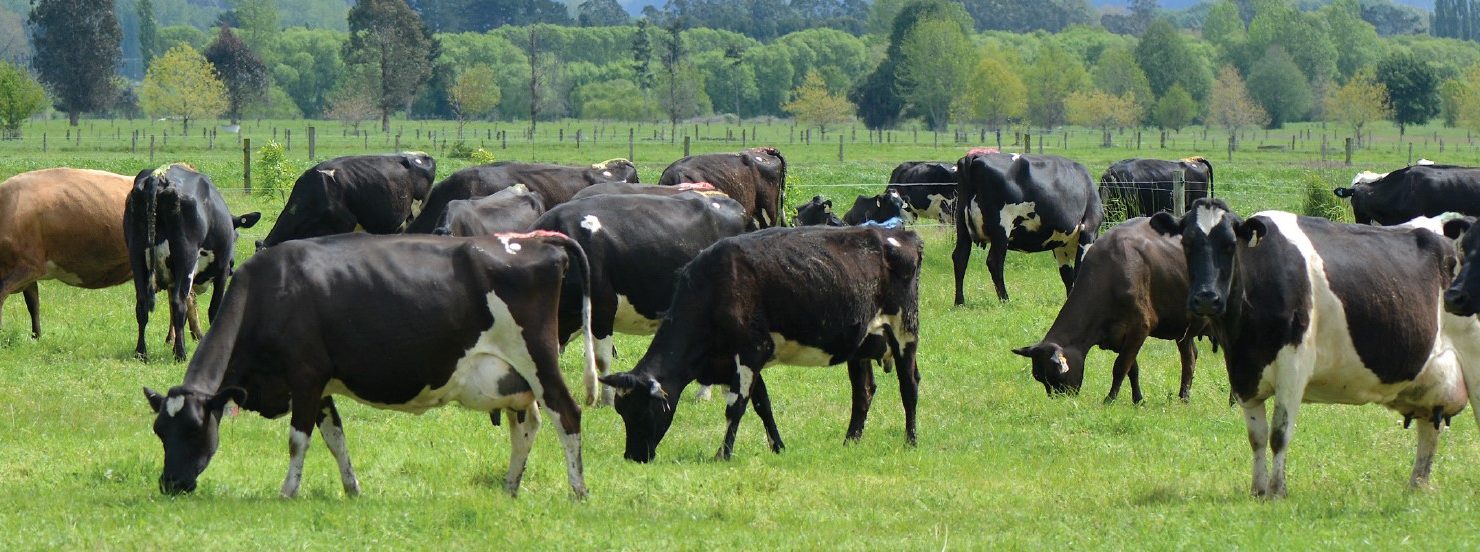
Talking about reducing emissions and improving efficiency can be a delicate, if not an emotive, topic. Yet you should be congratulating yourself on just how far you have come. It was not too many years ago that mating lasted a consistent 16 weeks, with a large tranche of cows being induced to calve prematurely that season.
With inductions being phased out in 2016, a greater emphasis has now been placed on tools to get cows cycling. Despite shortening mating periods to 10 weeks for many, empty rates (while they have climbed a little) are generally not too bad, but do sit in the high teens.
The advent of monitoring technology has taught us a lot, even though often reaffirming what we already knew, e.g. a cow mated for the first time on her second or third heat is more fertile or has a higher conception rate than when mated on her first heat.
We can use this information to manipulate our cows’ reproductive process to take advantage of this fact. Giving cows prostaglandin three weeks before the planned start of mating will allow most of them to get their non-fertile heat out of the way before mating begins, and thus allow them to be mated early during the mating period on their second or third heat. This simple process can lift conception rates by 4-5%, meaning cows are getting in calf earlier and so will have more days in milk next season, ultimately producing more income.
The other advancement made in recent years is understanding the impact of a cow’s follicular waves whether she is showing heat or not. The effectiveness of our synchrony programmes has always been variable at best, with some years achieving wonderful results and other years seeing less success.
This variability is largely due to all cows (and heifers) in a programme being at all different stages in their follicular waves, meaning they did not all respond well to the initial GnRH injection, i.e. a shot designed to cause a follicle to ovulate and line up the waves. The result of this is that the final ovulation had variable fertility associated with it depending on what the actual age of that follicle was and how it responded to the initial GnRH injection.
What we understand now is that a pre-synchrony of follicular waves is desirable so that, when the GnRH is given, the majority of follicles respond appropriately, meaning that when fixed-time AI (FTAI) is carried out, the ovulating follicle is at its correct age for maximising the opportunity for conception.
You will see new non-cycling and heifer synchrony programmes promoted this year, and they will involve a pre-synchrony injection of prostaglandin. These changes have been shown to reduce the variability of success in fixed-time AI programmes and they are to be encouraged, because improving conception rates improves reproductive efficiency and that is, ultimately, our end goal. One word of warning though, some cows and many heifers will show heat following the initial prostaglandin injection. Do not be tempted to mate to this heat as it will largely be rubbish, most animals will not conceive, and their next heat will not be for another 21 days, thus creating the exact opposite to the desired result of more days in milk.
As always, talk to your Vetlife veterinarian well before your planned start of mating, to assess if pre-synchrony, in any shape or form, is right for you.